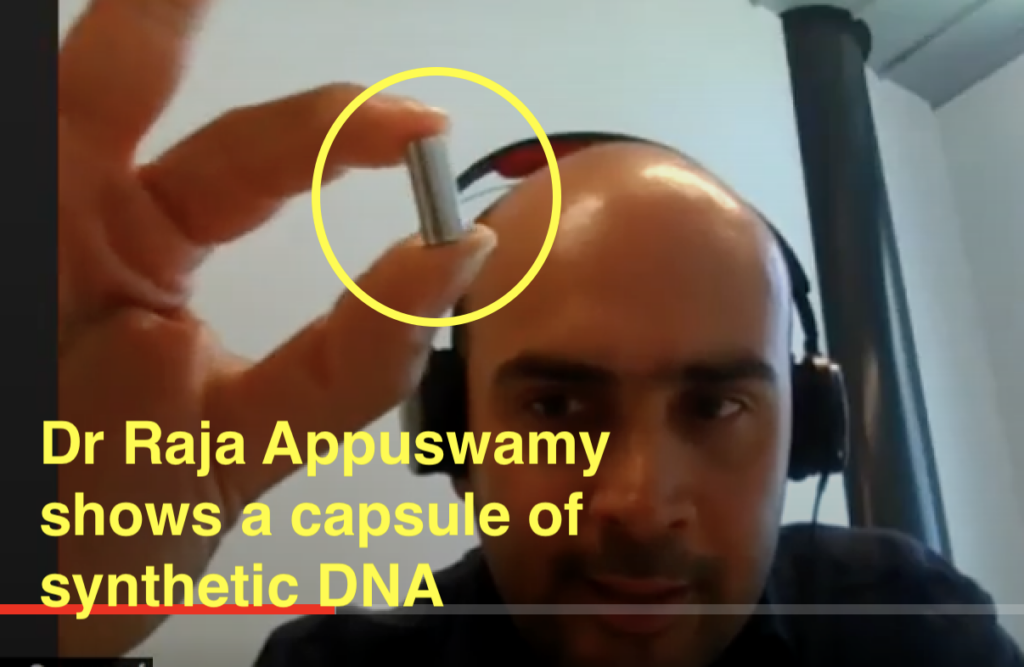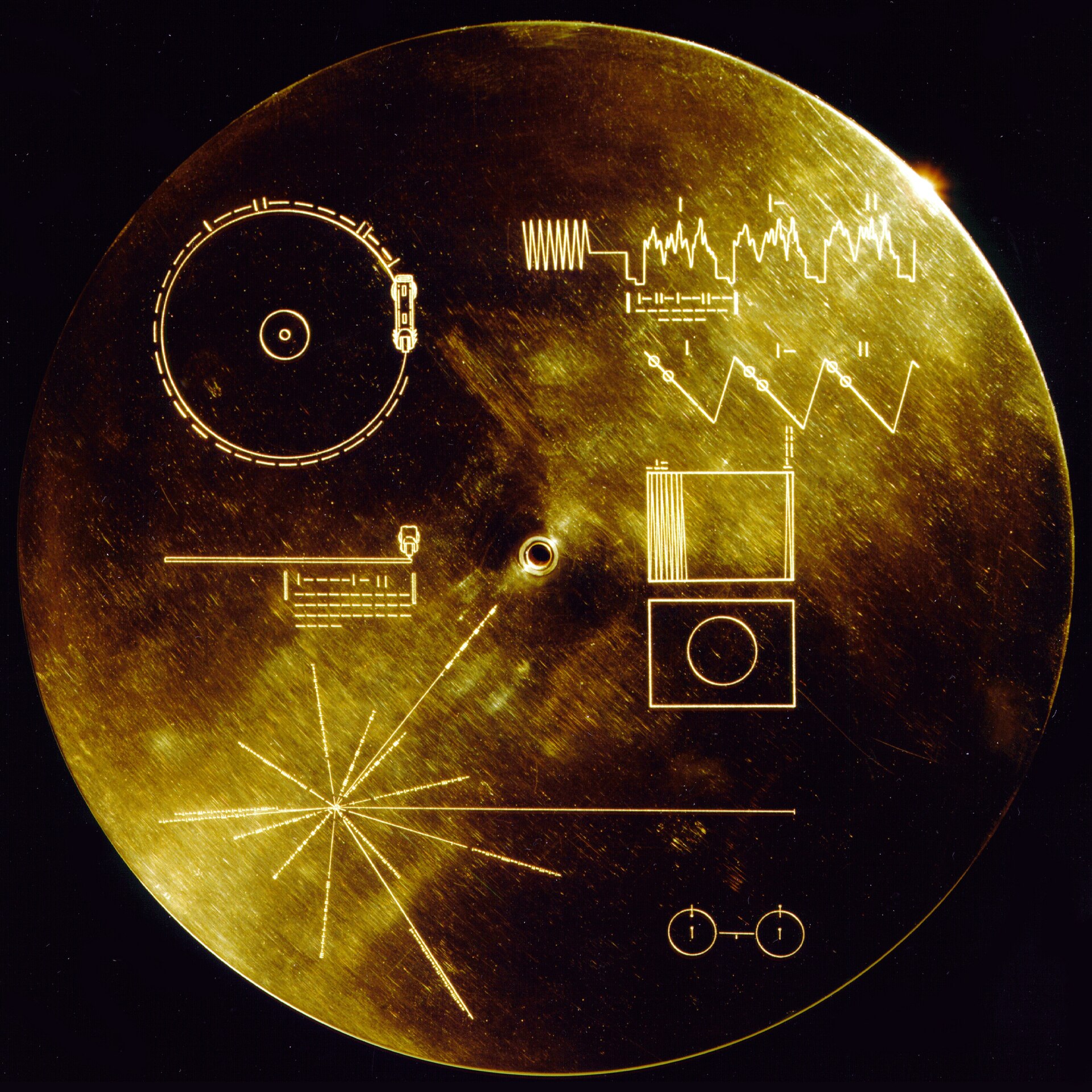
I’m Thinking about the provocation of sending info 1000 years into the future in the synthetic DNA capsule.
This provocation emerges from our collaboration with Raja Appuswamy, a data scientist at Eurecom in France, who is storing our Horror Film 1 Users Manual and associated documentation materials on synthetic DNA.
Raja is working with our project as a demonstration of a ‘use case’ for synthetic DNA storage – the idea is that items of intangible cultural heritage (like Horror Film 1) can be sent into the future as an act of preservation, or archiving.
Synthetic DNA, it is suggested, can survive for 1000 years without loss or corruption of data. Compare this to magnetic media (like computer disks) which require transfer and backups every 20-30 years.
The idea is to store data using the four components of DNA (A, T, C, G), rather than binary (ones and zeros). Later on, when you want to retrieve the data, you can use DNA sequencing equipment, as is used in medical facilities.
The idea is that we will always need such equipment, because DNA research is integral to human health. So it’s likely that 1000 years into the future, humanoids will be able to retrieve the data on the synthetic DNA.
The problem this poses is delicious! We will be sending a message to people who may not read our language, or even understand our culture. It’s a bit like laying down a really long-term Time Capsule. (In fact, the Synthetic DNA does come in a tiny stainless steel capsule, which looks like something out of a sci-fi movie).
All this got me thinking about the Voyager spacecraft’s Golden Record, which was launched into space in 1977.

The records contain sounds (cultural greetings and typical Earth noises) and images selected to portray the diversity of life and culture on Earth, and are intended for any intelligent extraterrestrial life form who may find them. The records are a time capsule. (wikipedia)
The people who made the record had to think through these problems:
- What to include, and what to exclude (because of finite storage capacity on the record)
- How to communicate meta-information ABOUT what is included
- How to let the aliens know how to even access the data on the record (assuming that record players and our kinds of audio encoding technologies may not be available in other galaxies)
It seems that that NASA actually encoded images using the audio grooves of the record – (which is like an experimental piece of music) https://soundcloud.com/user-482195982/voyager-golden-record-encoded-images
This wonderfully nerdy blog post by Ron Barry goes through the process of decoding / reverse engineering the audio file and turning it back into images (including of the moon!):
https://boingboing.net/2017/09/05/how-to-decode-the-images-on-th.html

With our Horror Film 1 Synthetic DNA capsule, we have some similar problems to tackle.